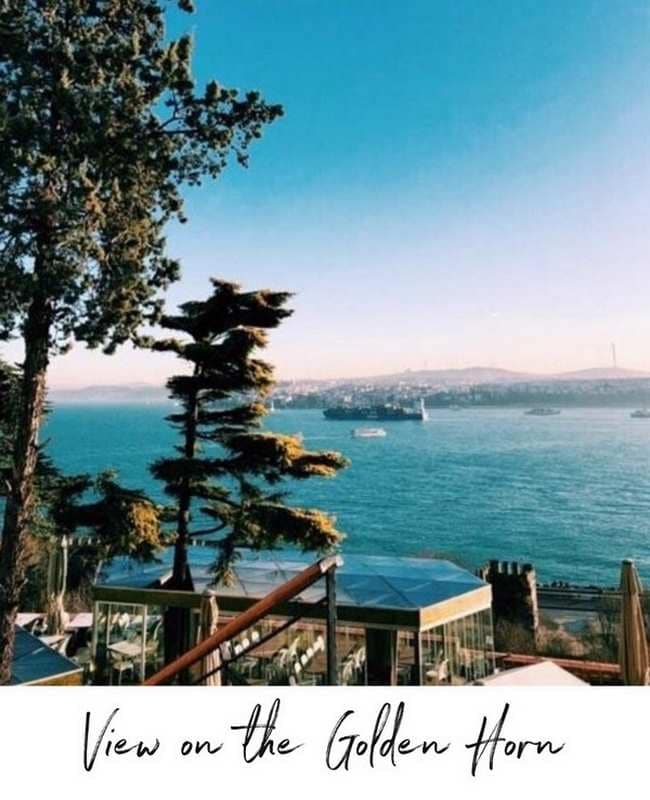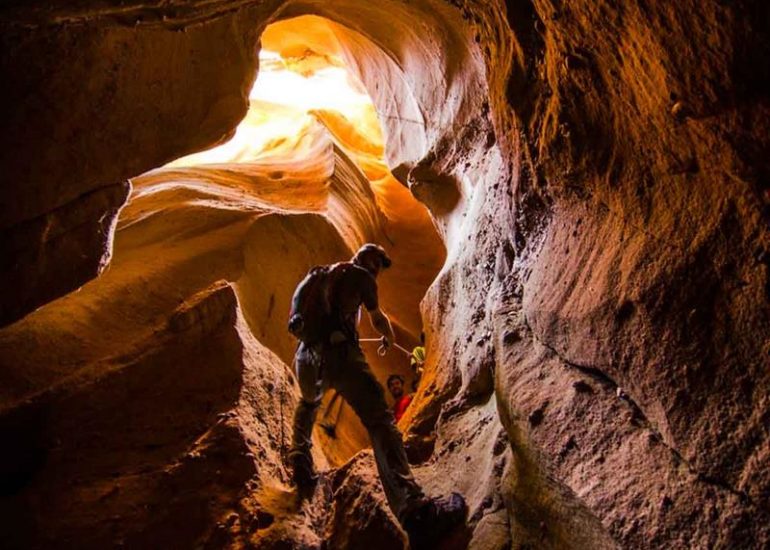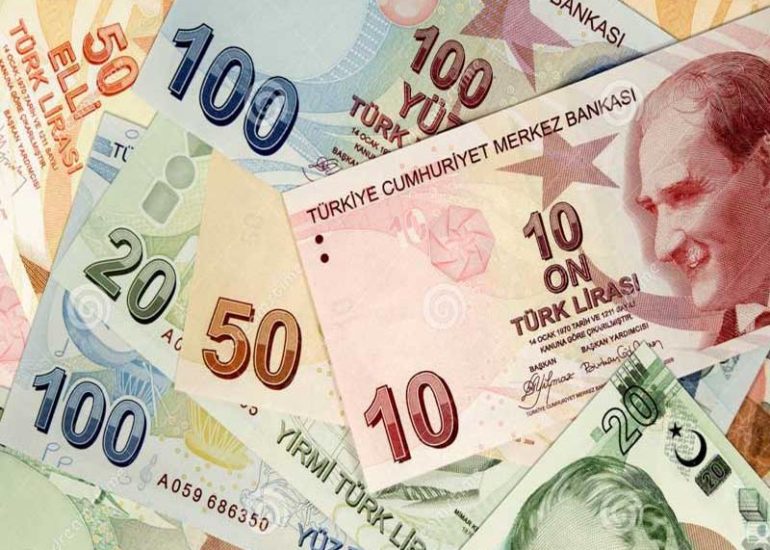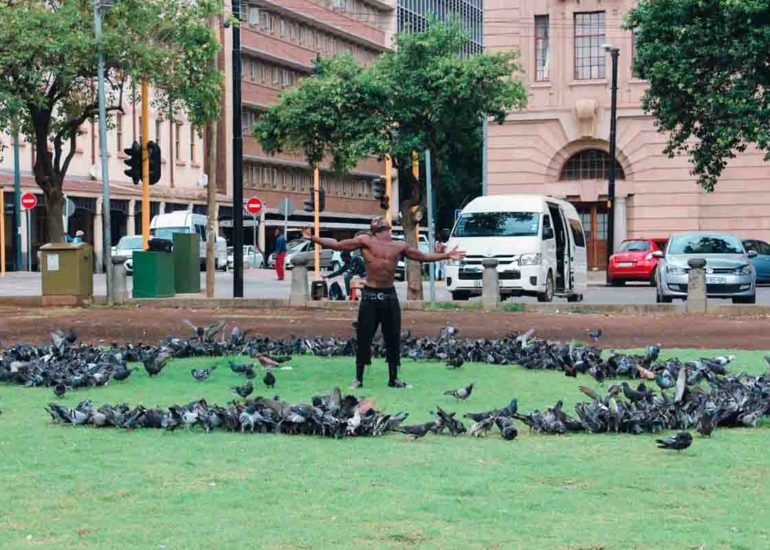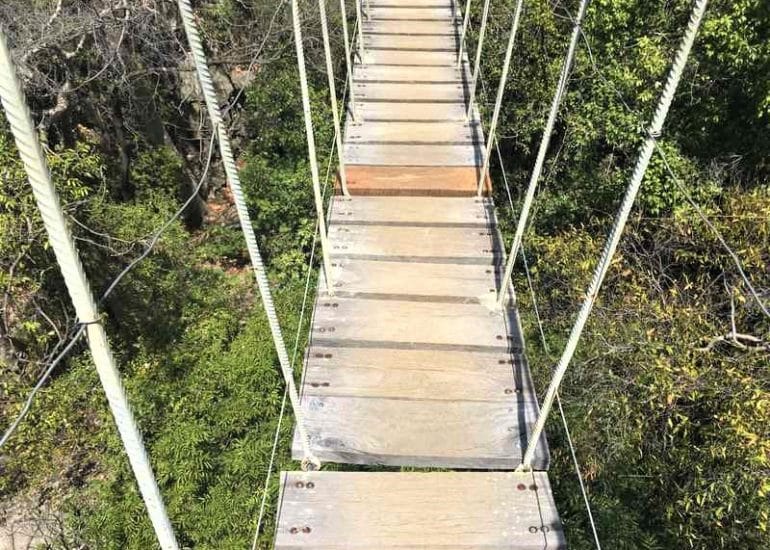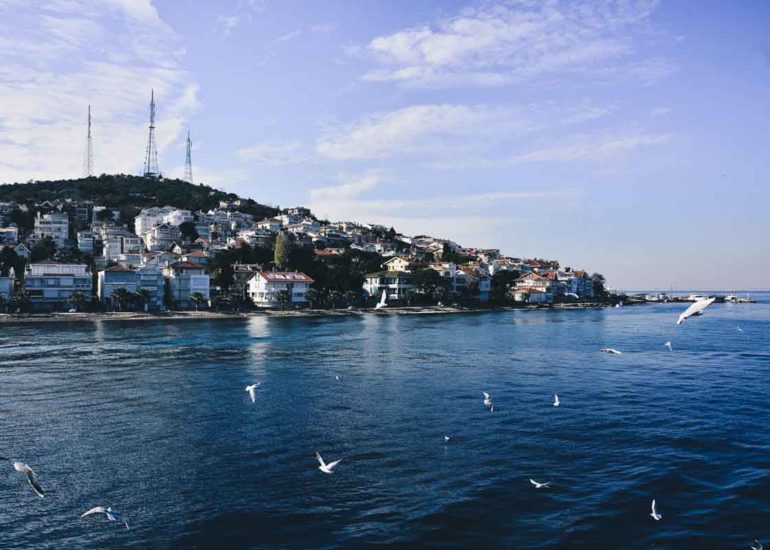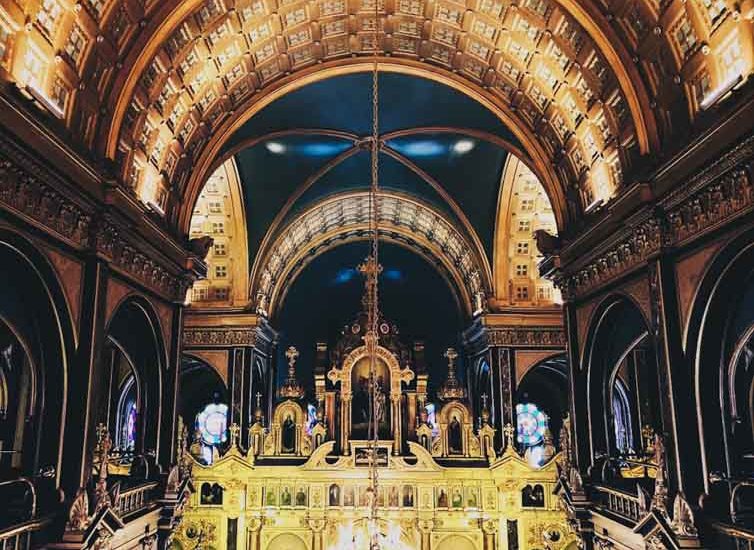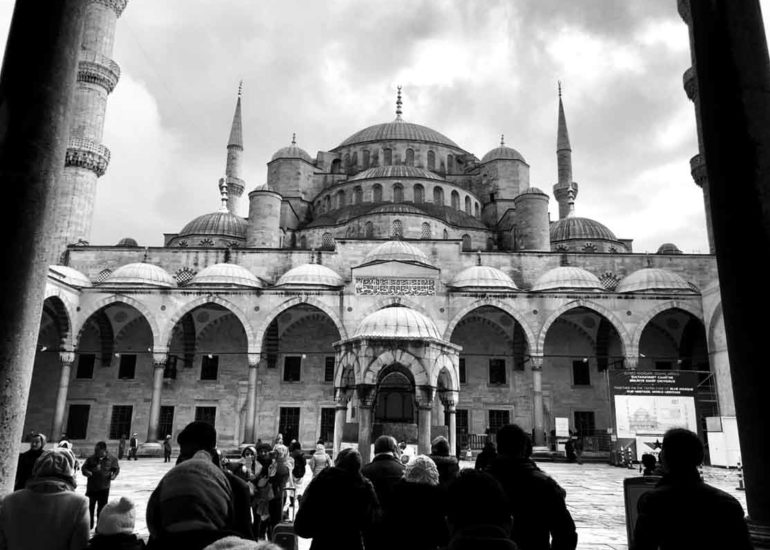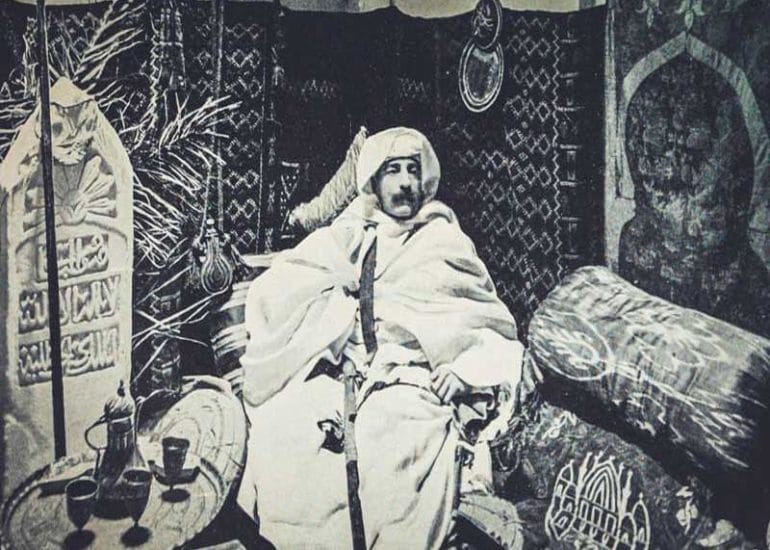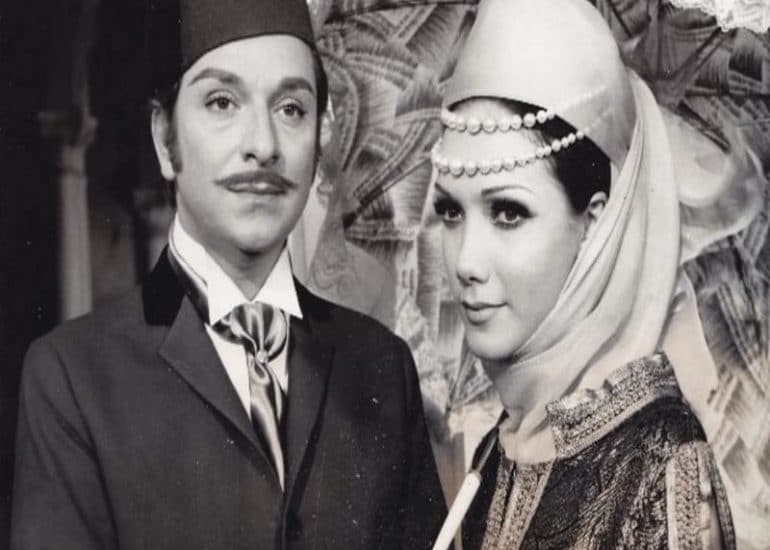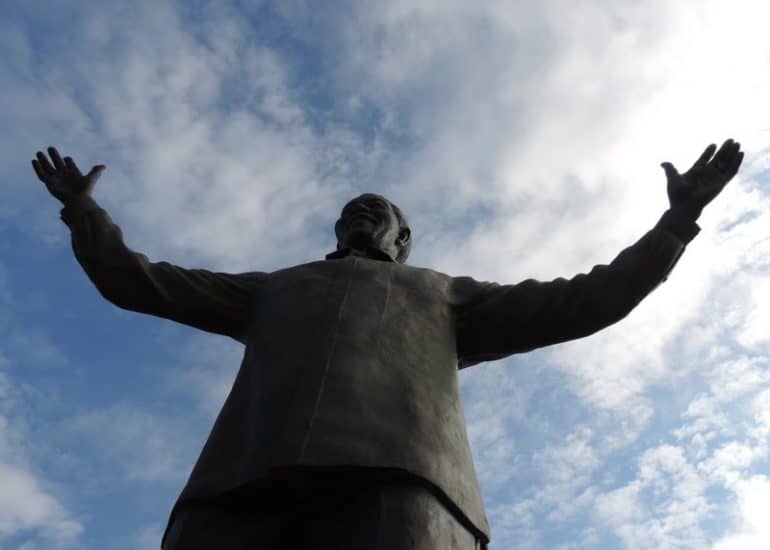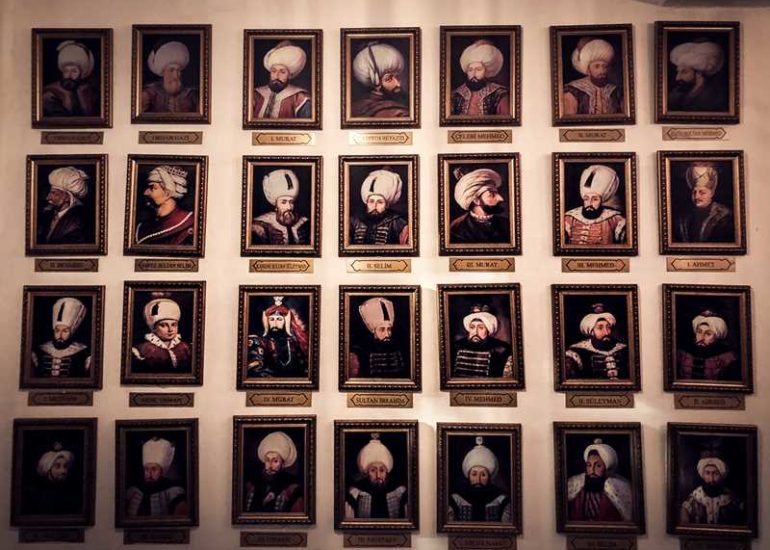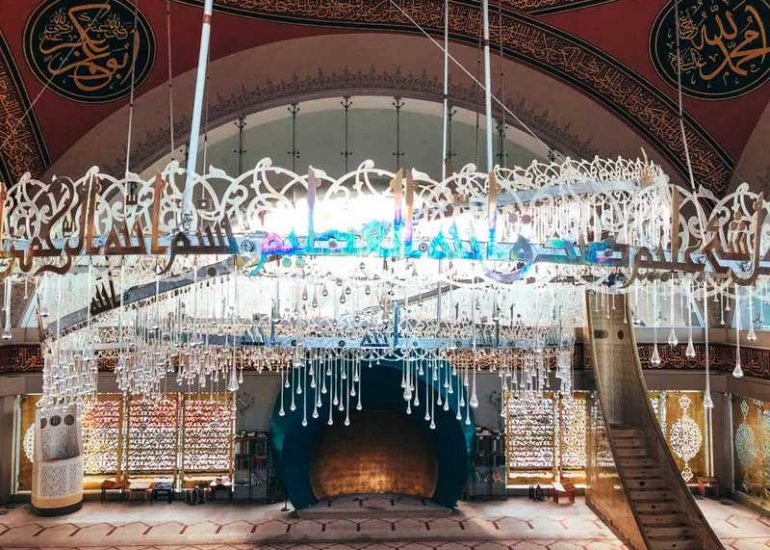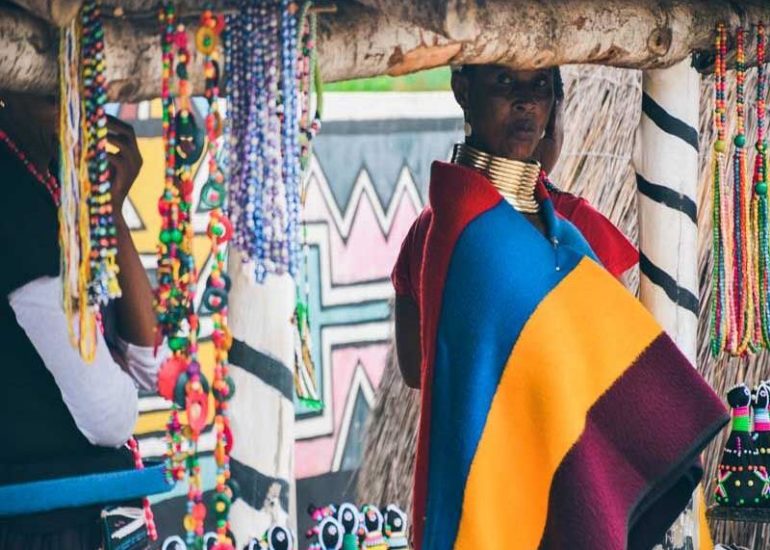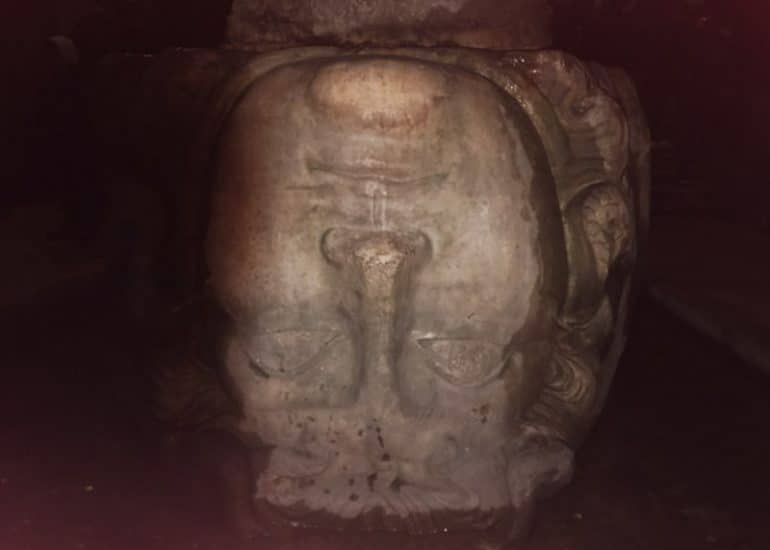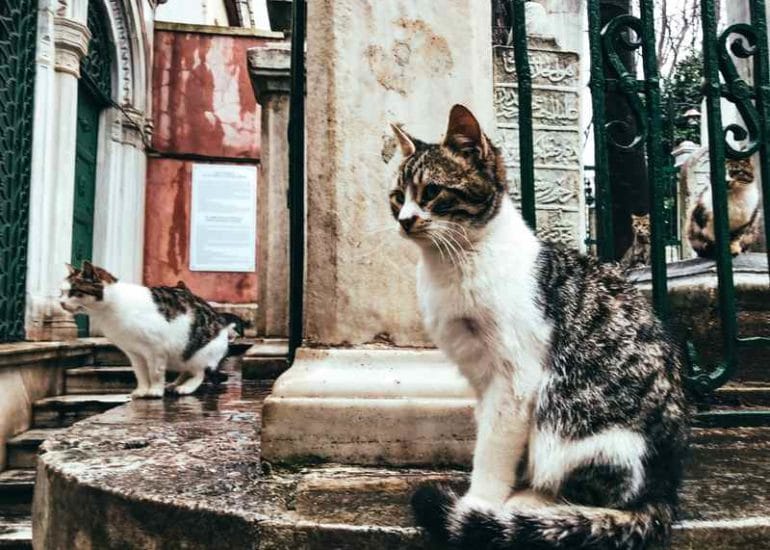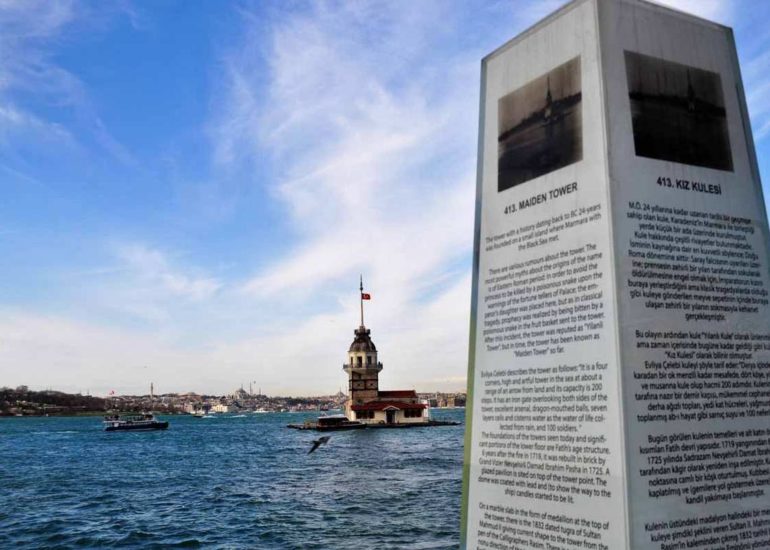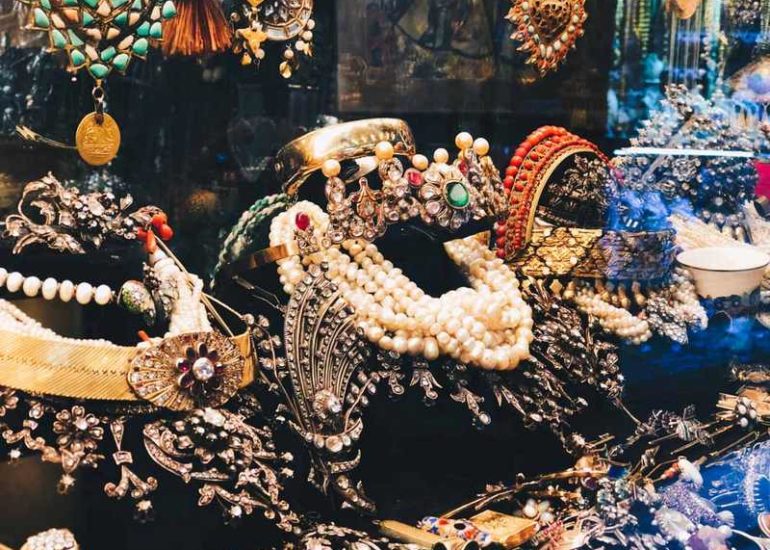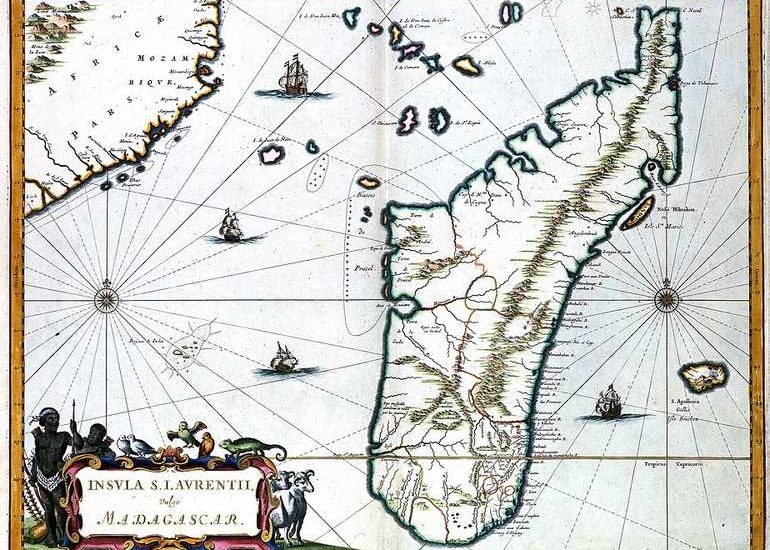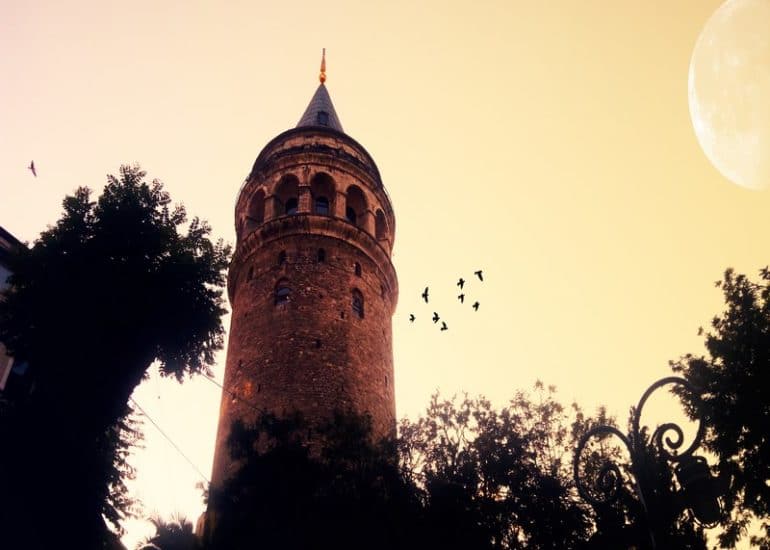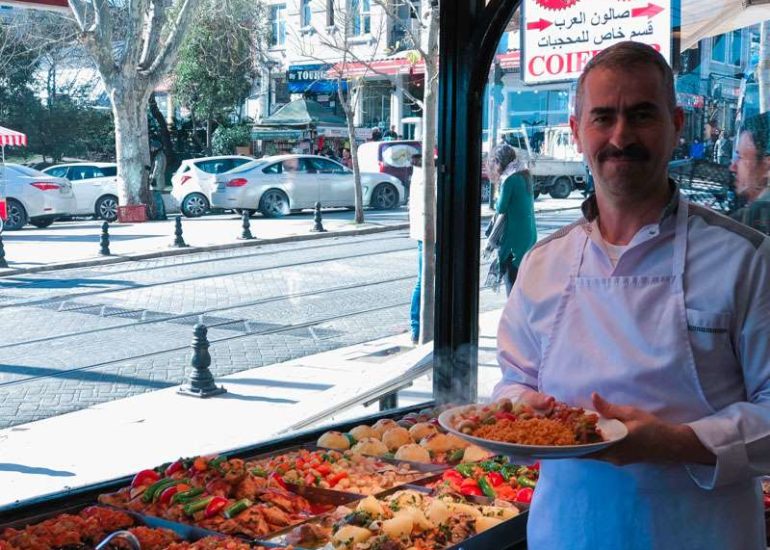To penetrate the palaces of Istanbul is to discover the Ottoman splendor in all its splendor, to better understand the history of the sultans, and to understand the life of harem, between myth and reality.
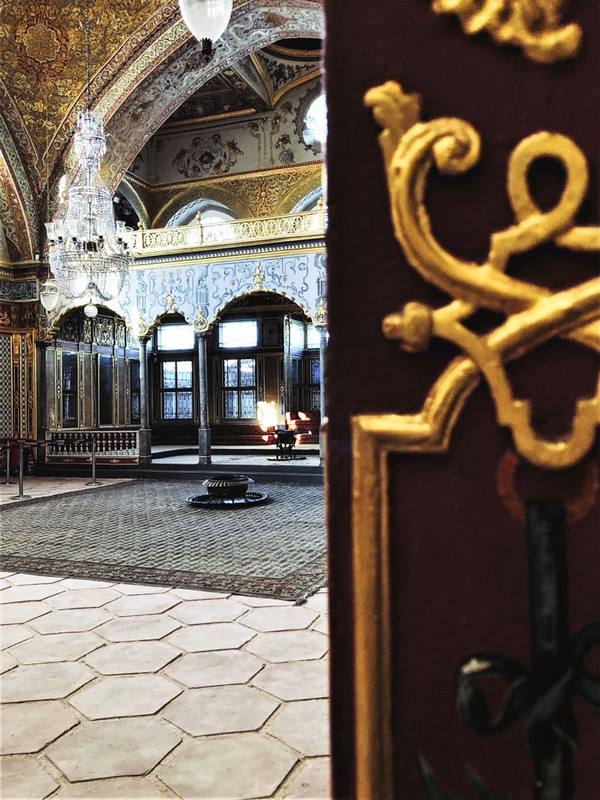
Topkapi, the heart of the Ottoman Empire
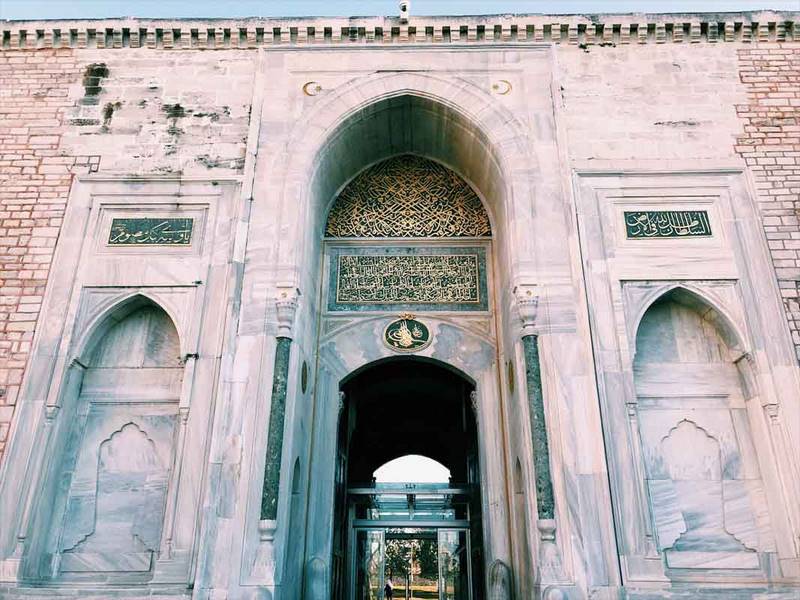
Here we're getting in the heart of the matter, the heart of the Ottoman power, since 30 of the 36 sultans of the dynasty lived here for 400 years.

The Topkapi Palace, the sultan’s main residence and official seat of the imperial government, is a real city in the city (up to 4000 people lived there). It will certainly be your longest visit to Istanbul, since it covers 70 ha, although not all rooms are open to the public. Sad (or relief for some).
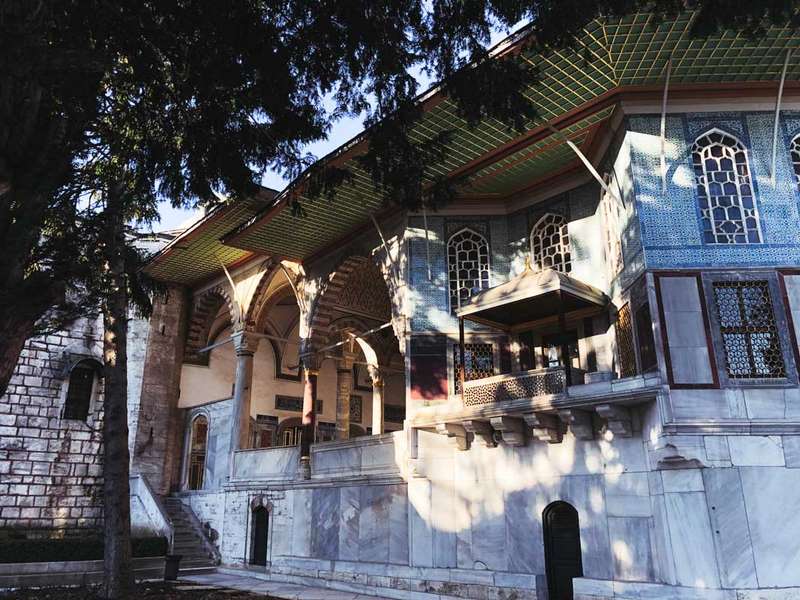
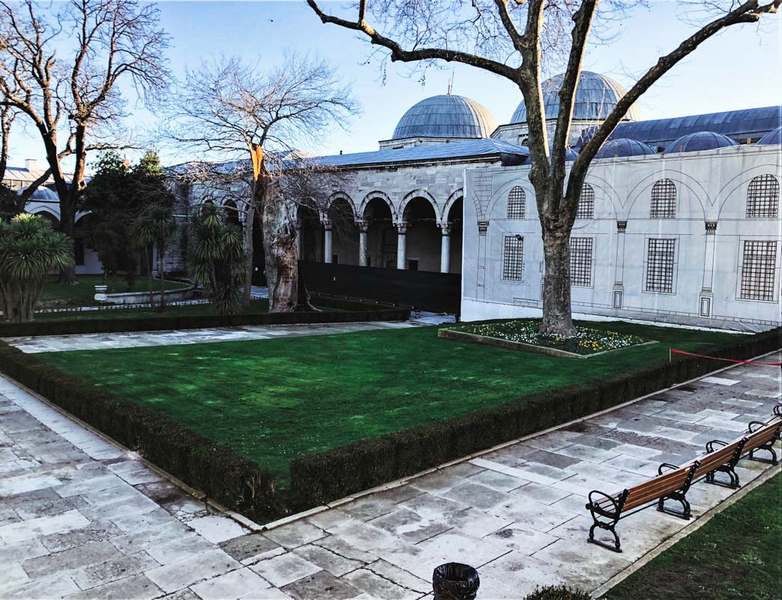
An incomparable set of buildings built over 4 centuries, unique by the architectural quality of its buildings as well as by their organization which reflects that of the Ottoman court. It is not me who is saying this, but Unesco, which listed the site as a World Heritage Site.
The palace, whose name means « palace of the door of the canons », dominates the Golden Horn, the Bosphorus and the Sea of Marmara. Nice view.
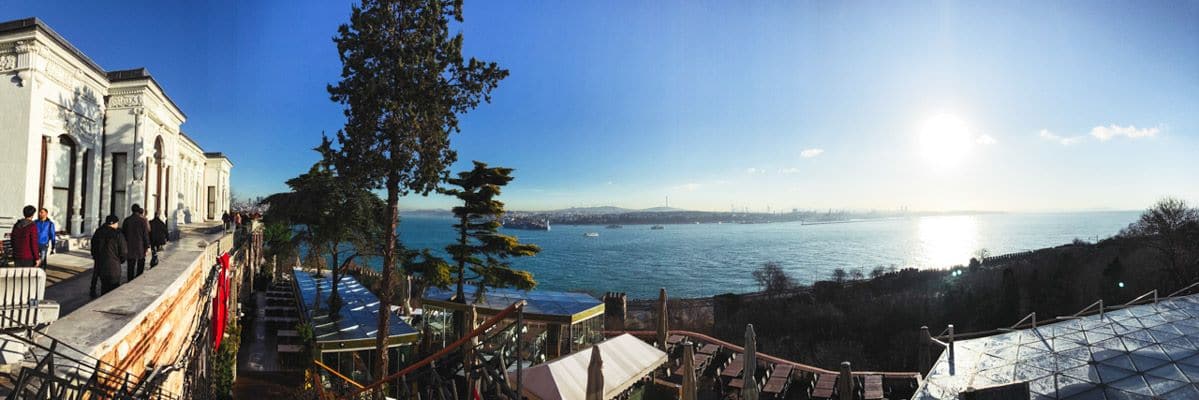
Mehmet II (the conqueror of Constantinople) then installed in the «Old Palace» or Eski Sarayı, seeks a better location and orders the construction of a new palace, which will not cease to grow with the centuries, especially thanks to Soliman.
The sultans take care of their palate and do everything they can to get him to throw it away. Mehmet II surrounds himself with the best craftsmen (masons, stonemasons, framers), Soliman, on the other hand, goes so far as to work out certain details himself, being a goldsmith by trade. As a result, everything is refined in Topkapi.
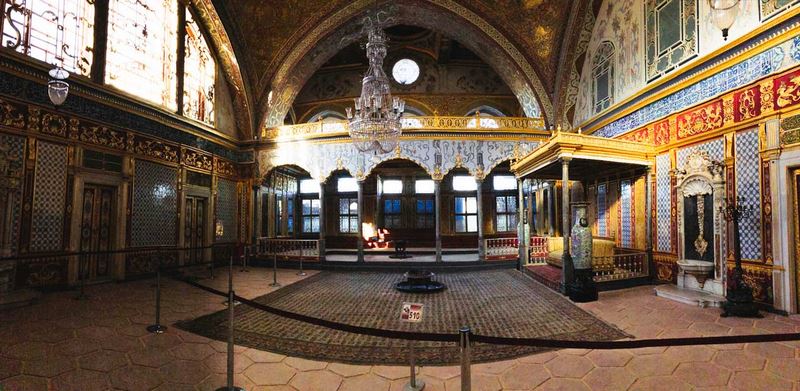
The Eski Sarayı became the place of exile of the fallen sultans (whose plots turned out badly or love abandoned...), then in the 20th century, the University of Istanbul.
Life at court
It's useful to understand the daily life of the sultan and his court in order to immerse yourself in the place.
Living in self-sufficiency, the courtyard had dormitories, gardens, libraries, schools and mosques. Access to the palace was regulated, the hierarchy and protocol very important, and the sultan isolated. Everything was done to assure him and his family (many women and children), comfort and intimacy, so that they could see without being seen, and go through secret passages.
The “ couch ”, the equivalent of a cabinet, is held several times a week. It's chaired by the sultan and his grand vizier.

Giovanni Francesco Morosini, Italian cardinal of the 16th century, described the daily routine of Mourad III (I've removed the misogynous passages of the parish priest....):
In my opinion, the sultan doesn't have such a desirable life, because he remains practically locked in his serail in the company of eunuchs, boys, dwarves, mutes and slaves [...] In the morning he gets up relatively late and, when he leaves the women’s quarters where he sleeps almost every night, he changes his costume and immediately eats. If it’s a Council day, it gives an audience to the Agha of the Janissaries, to the judges of the army, and finally to the Viziers; and if someone has been promoted Governor of the Province or other, he obtains the right to come and kiss his hand without issuing a single word or receiving an answer.When the vizier leaves after a short time, he returns most of the time with the women, whose conversation greatly delights him, and if he remains outside, he withdraws to one of his gardens to practice archery and to play with his mutes and jesters. Loud music is often played, and he enjoys the fireworks. [...] Plays are often played for him [...] Finally he always comes back to the harem for dinner at the approach of the night, winter as summer.
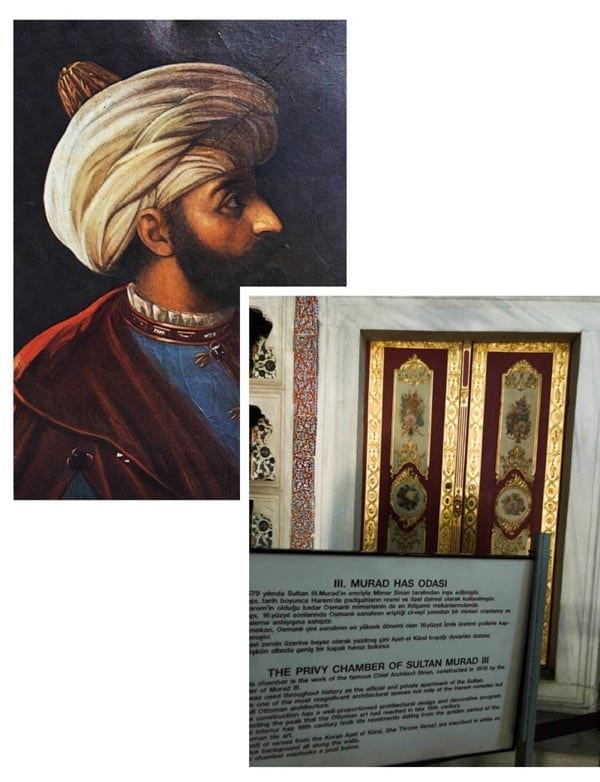
A cruel refinement
While the french king and his court wore ridiculous wigs and sh....behind the Versailles curtains, the Ottomans spent hours in the bath and showed a strong sense of style between damask dresses, silks, furs, precious stones, crowns and turbans.
However, if the sultans lived in luxury and extreme refinement, in the same day they could cut off heads (those of traitors and schemers), and wash their hands with rose water before enjoying loukoums lol
The harem, a golden cage
Led with an iron fist by the Valid Sultane, the sultan’s mother, the harem is the private residence of the sultan, his concubines, wives, the rest of his relatives and their servants, nearly 400 people. All for one man.


The women of the harem and the head of the eunuchs, in the series Muhteşem Yüzyıl Kösem.
The harem of Topkapi, built at the end of the 16th century, comprises more than 300 rooms, a huge complex of which only a small part is open to the public.
On the ground floor, the apartments of slaves, above those of concubines, and on the top, the favorites's ones:

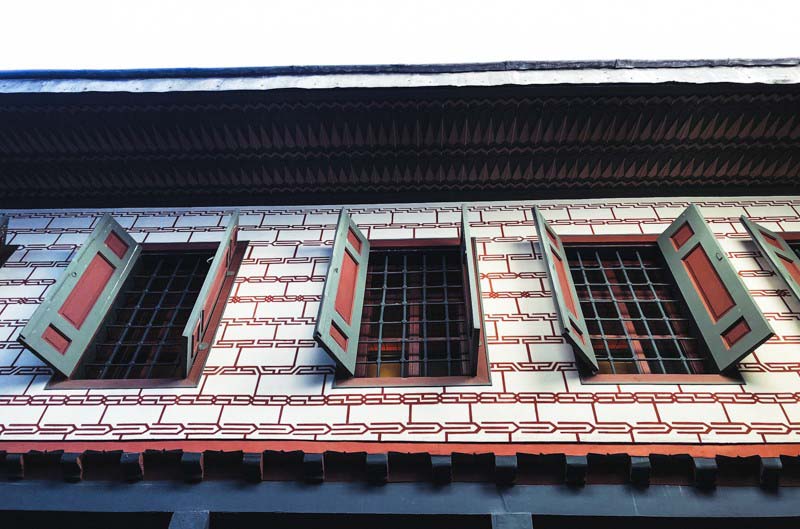
You've to imagine inside the harem a multitude of cousins, veils and other silks.
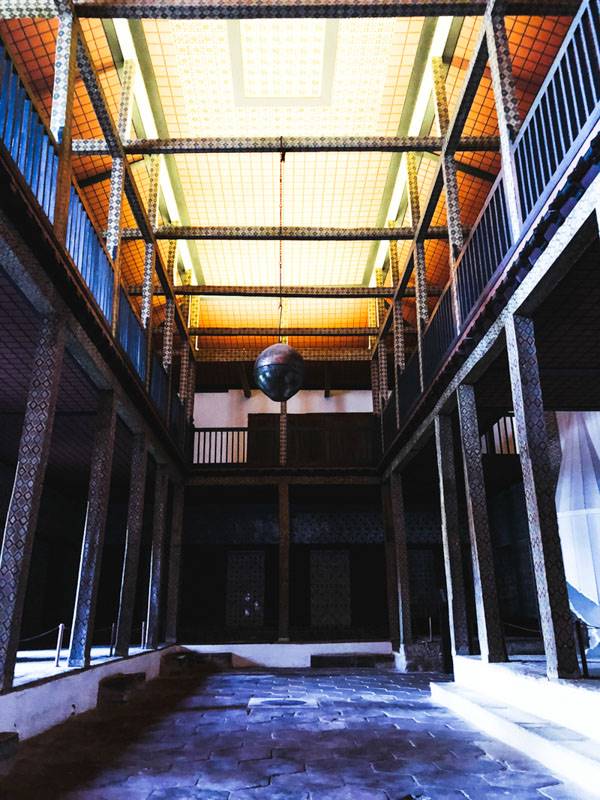


To learn more about life in the harem, it's here.
The sultans left Topkapi in 1853, preferring the palace of Dolmabahçe, along the Bosphorus, in a European style more « cour de Versailles ».
Best time to go. Not surprisingly, in the morning, to avoid the endless queues. Closed on Tuesday.
Budget. Included in the museum Pass, or 6.50 € (30 TL)
#TopkapıSarayı
Dolmabahçe, the small eastern Versailles
European shore, Beşiktaş district
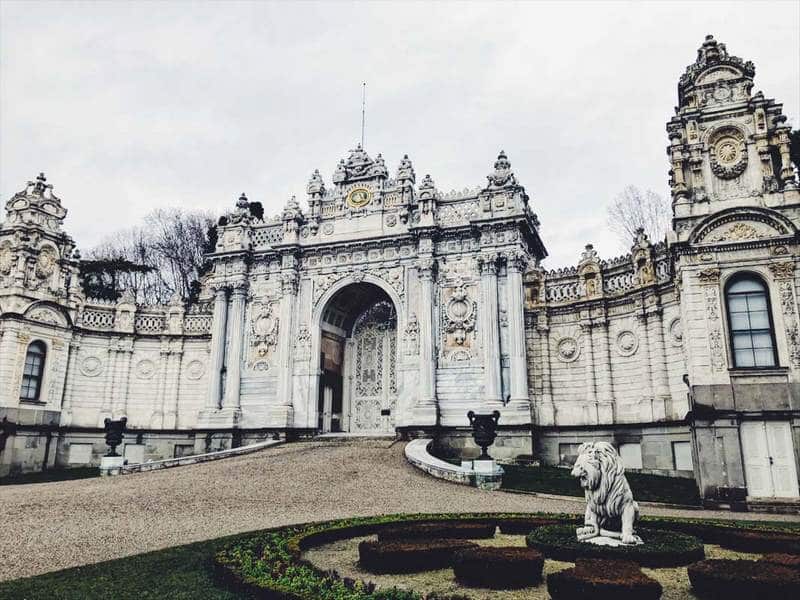
Even if the humidity of the beautiful Topkapi ends up making it unsanitary, the sultans were not going to abandon it for a hut, even with a great view…
The Dolmabahce Palace, the first European-style palace in the city, a symbol of the westernization of the courtyard on the Bosphorus, is chosen to host the new sultans.
It will become the residence of 6 of them.
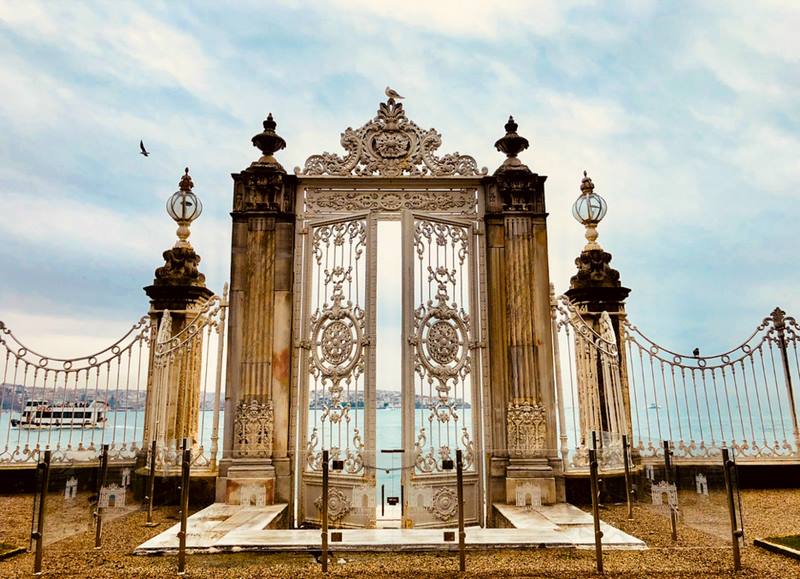
One of the palace portals overlooking the Bosphorus.
Istanbul - 2017
45,000 m2, 285 rooms, a staircase and chandeliers in Baccarat crystal – including the largest in the world in the throne room – white marble facades, gold – it took 14 tons to decorate its interior – velvet, a multitude of carpets, the palace is a real Turkish Versailles, all proportions guarded. Nothing was spared to give it the pompous rococo style in vogue at the time.
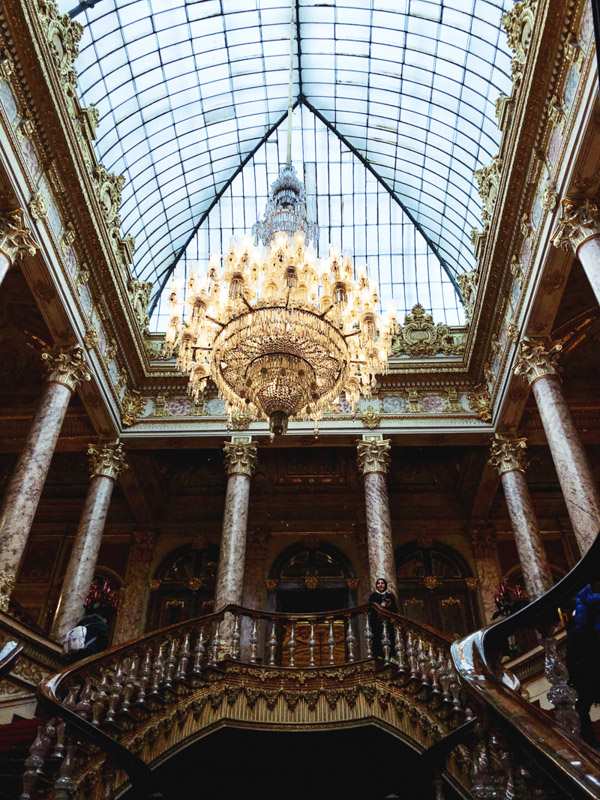
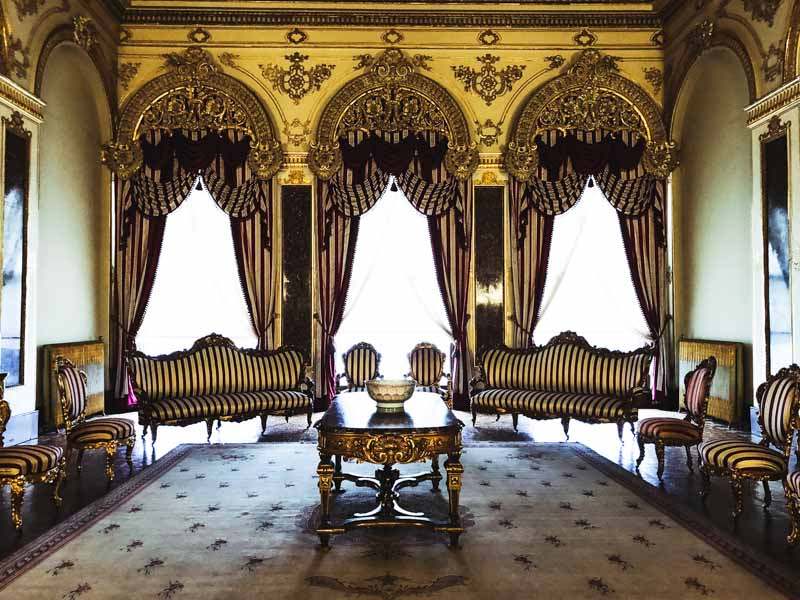
A living room that Marie Antoinette would have never denied.

Photos are prohibited (but shh…).
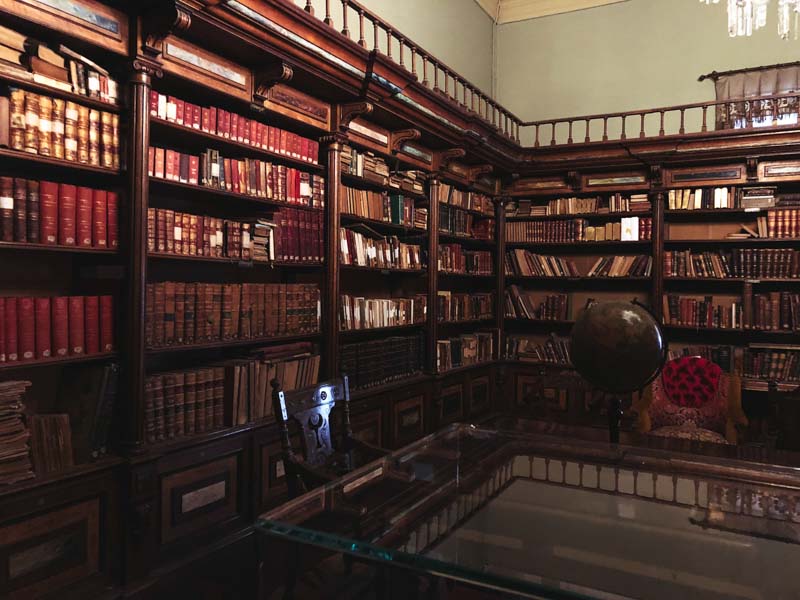
The most impressive room is the throne's one : 36 m high, more than 2000 m2.
Almost a palace in the palace.
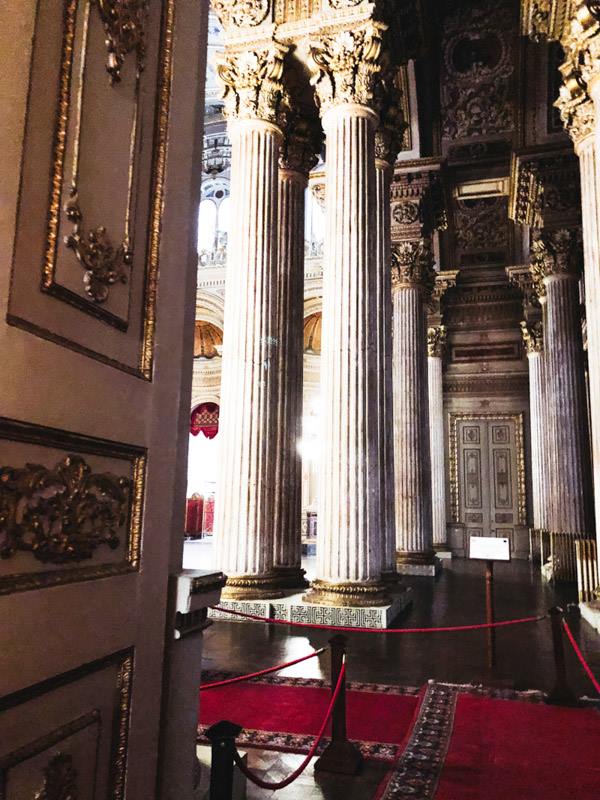
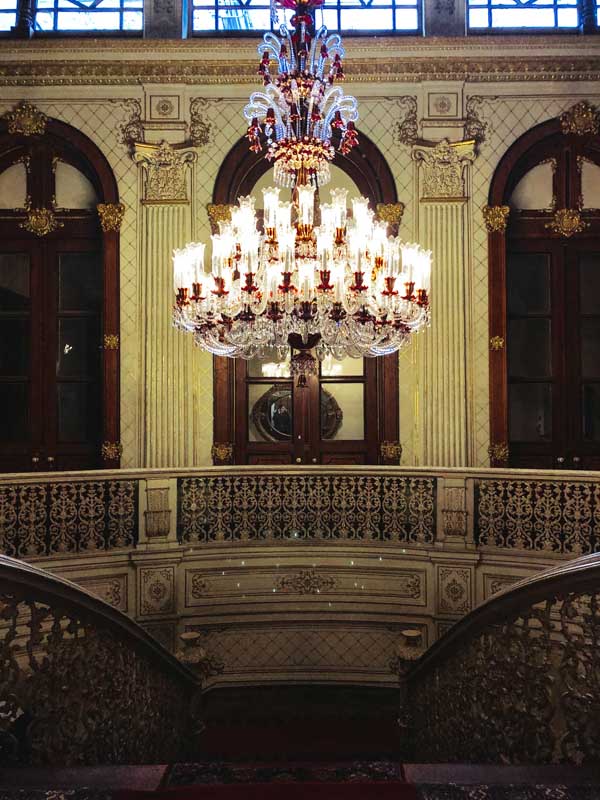
If at the beginning of the visit we would almost envy the work of the guards, planted in this sumptuous decor all year, after 2 hours, we would almost be blase of so much baroque exuberance. But the place is nevertheless a new surprise, by its style significantly different from the other monuments, although always oriental.
Emotional moment : the father of all Turks and 1st President Kemal Ataturk, died there on 10.11.1938 at 9.05 am. All the clocks in the palace were stopped and never resumed their course.
It was also from this palace that the last sultan was exiled in secret.
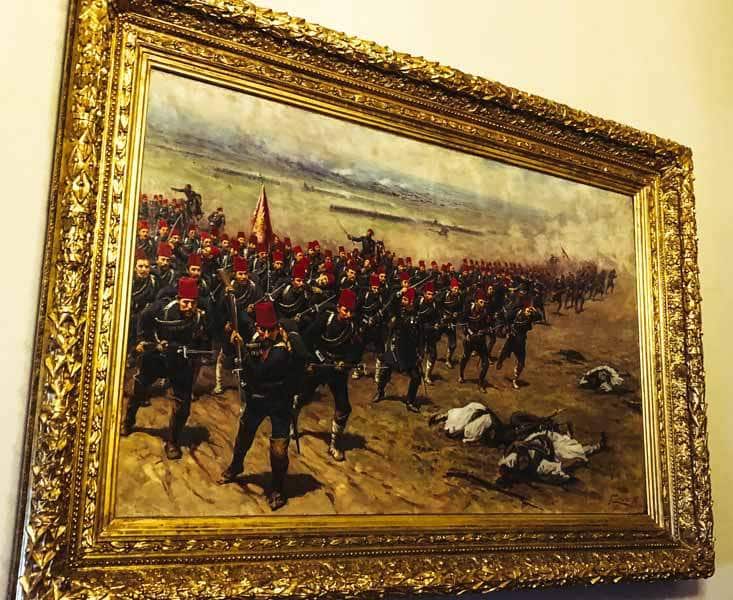
Best time to go. The site is limited to 3000 visitors, closes at 4pm, require 2 hours of visit, so avoid showing up at 2pm, especially in high season... Closed on Monday and Thursday.
Budget. 8.60€ (40 TRY) for the palace and harem combined ticket.
#DolmabahçeSarayi
The place to be
Un lieu sympa à proximité : la brasserie Nişantaşı Beymen située non loin du palais. Conçue par la géniale designer de la mosquée Sakirin, Zeynep Fadillioglu. Look Art déco dans une atmosphère de bistrot français, résolument dans la tendance.
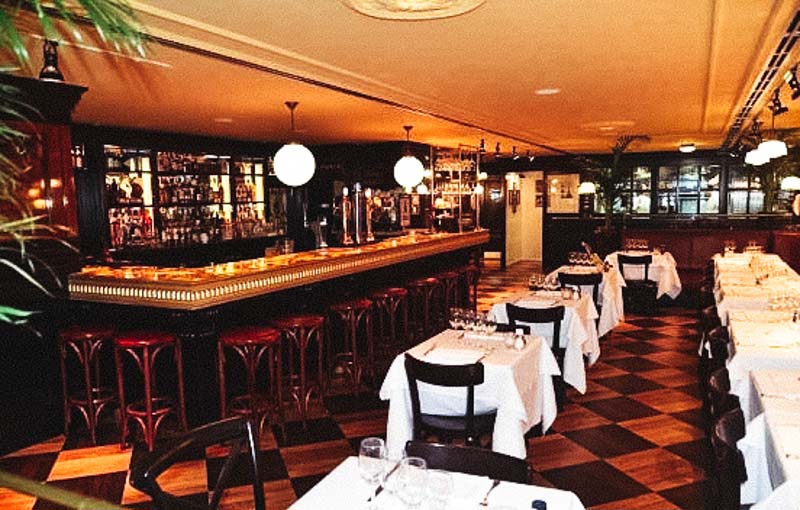
A very varied menu with classics worthy of a real Parisian bistro (onion soup, cheese soufflé, smoked salmon, steak «Café de Paris»), as well as pizzas, risottos, pasta, or sashimis, and an excellent selection of wines.
Best time to go. After your visit of the palace for sure, but be careful, booking strongly advised, especially on weekends.
Where ? Harbiye Mahallesi, Abdi İpekçi Cd. 23/1, 34365 Şişli/İstanbul
Beylerbeyi Palace, a place of secret romance ?
Asian shore, Beylerbeyi district

Another 19th century palace, baroque (Second Empire style) like Dolmabahçe's one, but sober.
Its name comes from « bey of beys », governor general in Turkish, alias Mehmet Paşa. The palace served as a summer residence and a place of entertainment for visiting heads of state, such as the Austrian Emperor Franz Joseph (the darling of Sissi), King Edward VIII and the Empress Eugenie, wife of Napoleon III, which was impressed by the luxury of this residence on the banks of the Bosphorus: fragrant gardens adorned with a basin and a fountain, around an alcove of white marble sheltering chandeliers and crystal chandeliers of Bohemia and Baccarat, vases of Sèvres, and a profusion of paintings and oriental carpets.
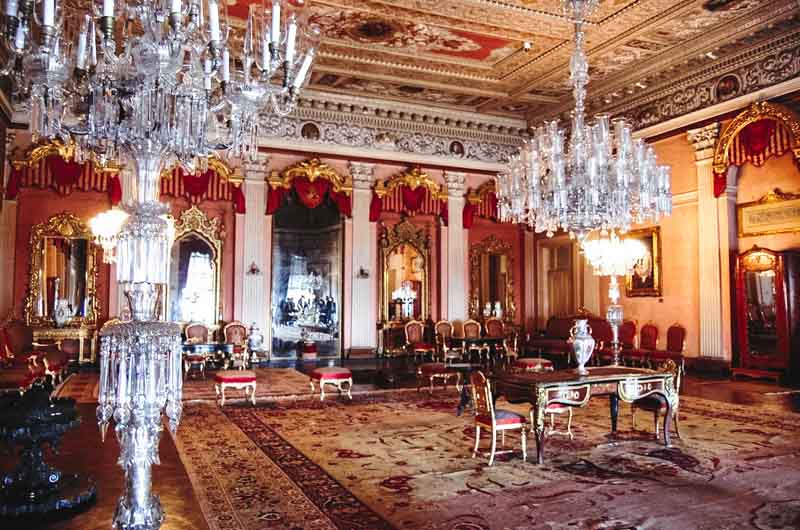

There she met for the second time Sultan Abdulaziz, whom she had welcomed in the garden of the Tuileries.
He was the first sultan to travel to Western Europe.
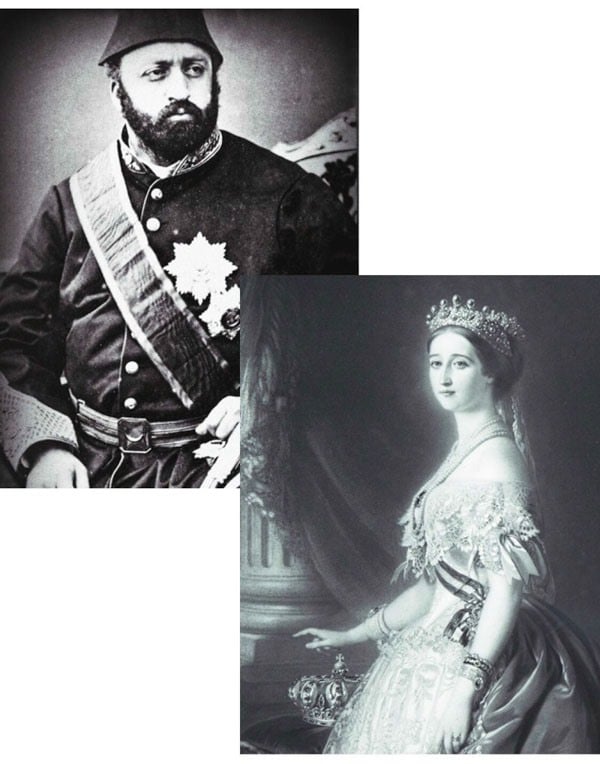
It’s not clear then what went on unofficially— In any case, the sultan went to great lengths for the beauty : she was escorted in luxury caique to the palace, the sounds of cannons were fired to announce her arrival, and Abdulaziz had made her a bed with a dais woven of gold threads.
It’s like a fairy tale.
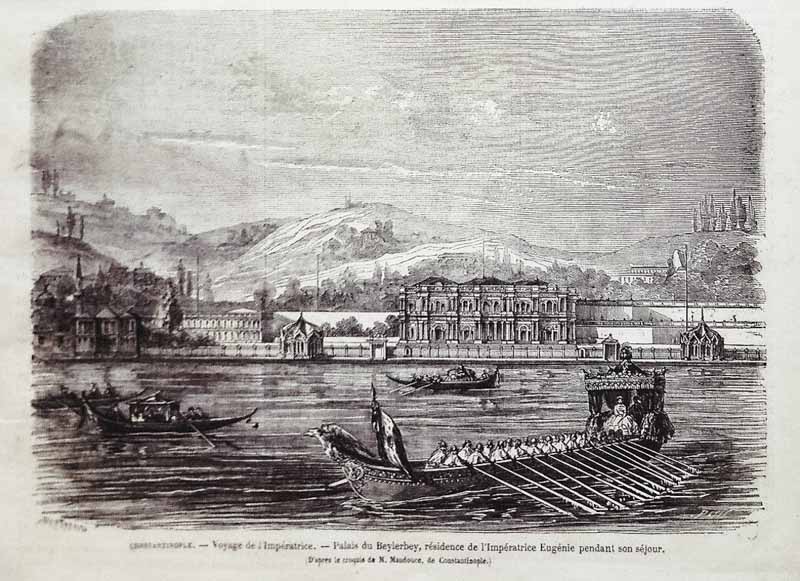
The caique sent for Eugenie.
Le Monde Illustré, 1869
She spent five dream days there, except for a slap from the sultan’s mother, when she thought that Eugenie was getting a little too close with her son : the sultan held her arm in the harem, when no foreign woman was allowed. Mother certainly had a nose, for a rumor indicated that the sultan was taken to the palace one night in secret and did not leave until the next morning… Seeing the rest of the story for him, he did well to take advantage of it because he will end up committing suicide – or murdered, we don’t know – with scissors, after his abdication.Istanbul owes it its archaeological museum and its first civil code.
The palace was also the last residence of the last sultan, Abdul Hamit II.
Best time to go. Every day from 9am to 5pm, except Monday and Thursday. But no stress, the palace is less crowded than that of Dolmabahce.
Budget. 4.30€ (20 TL). A little complicated to go by walk there (like many places in Üsküdar), take a taxi from the pier, it'll cost you 3€.
#BeylerbeyiSarayı
